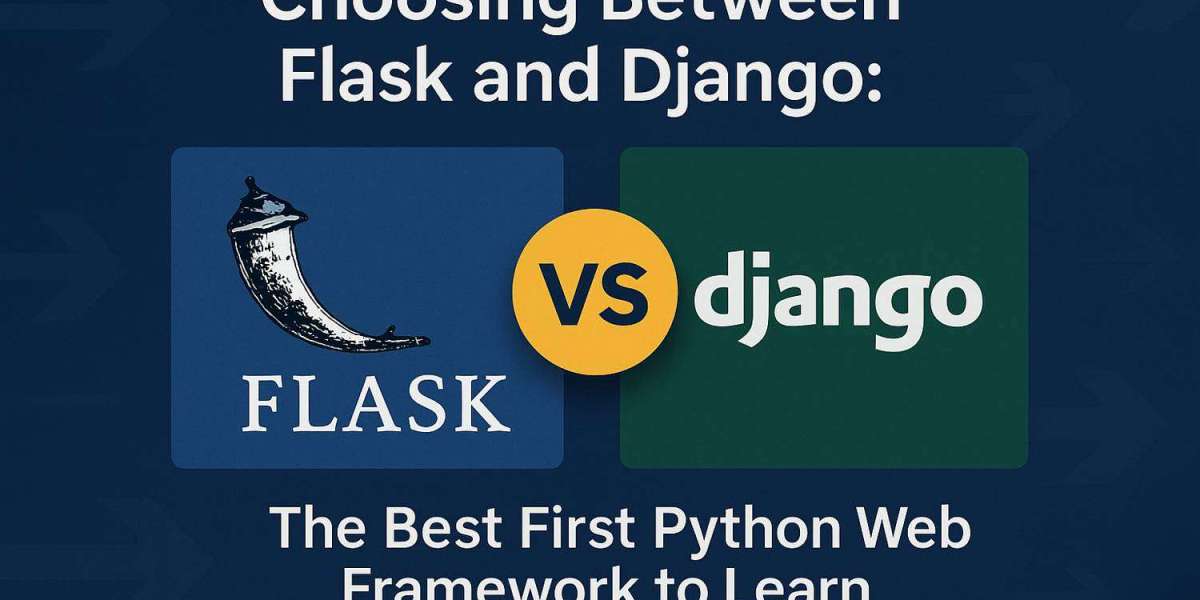If you’re getting started with web development in Python, Fusion Software Institute is here to help guide your learning journey. You’ve likely come across two of the most popular frameworks: Flask and Django. Both are powerful tools that help developers build web applications efficiently. But which one should you learn first?
In this blog post, we’ll break down the key differences between Flask and Django, helping you decide which framework is the best fit for your learning journey.
Read More: Choosing Between Flask and Django: The Best First Python Web Framework to Learn
What Is a Web Framework?
Before diving in, let’s quickly cover what a web framework does. A web framework is a set of tools and libraries that simplifies the process of building web applications. It handles things like routing URLs, managing databases, handling forms, and rendering HTML templates.
Python offers several frameworks, but Flask and Django are by far the most popular for beginners and professionals alike.
What Is Flask?
Flask is a lightweight and flexible web framework. It’s often described as a “micro-framework” because it doesn’t come with a lot of built-in tools. Instead, you add only what you need as your project grows.
Key Features of Flask:
- Minimalist and simple
- Great for small to medium-sized projects
- Gives developers more control and flexibility
- Easier to understand for beginners
- Huge community and many extensions available
What Is Django?
Django is a high-level, batteries-included web framework. It comes with many built-in features that are ready to use out of the box, such as an admin panel, authentication system, and database management tools.
Key Features of Django:
- Built-in admin interface
- Great for larger, scalable applications
- Strong security features
- Promotes best practices through its structure
- Excellent documentation and a large community
Flask vs Django: Key Differences
| FeatureFlaskDjango | ||
| Learning Curve | Easier for small apps | Steeper due to more built-in features |
| Flexibility | Highly flexible | Opinionated and structured |
| Built-in Tools | Minimal | Comes with many tools pre-installed |
| Ideal Use Case | Small apps, APIs, microservices | Large web applications, admin dashboards |
| Community Support | Strong | Very strong |
Which Should You Learn First?
The answer depends on your goals and how you prefer to learn.
Learn Flask First If:
- You prefer a simple, hands-on approach
- You want to understand the inner workings of web development
- You’re building a small app, REST API, or MVP
- You enjoy adding components only when you need them
Learn Django First If:
- You want to build a fully-featured app quickly
- You prefer having a lot of tools provided for you
- You want to follow a structured and scalable framework
- You're aiming to work with teams or large projects
Visit Here: Choosing Between Flask and Django: The Best First Python Web Framework to Learn
Final Thoughts
Both Flask and Django are excellent choices. Flask gives you flexibility and simplicity, making it a great starting point for understanding the fundamentals. Django, on the other hand, offers powerful tools and built-in features that can help you build robust web applications faster. No matter which one you choose first, you’ll be gaining valuable skills in Python web development. Many developers eventually learn both!
At Fusion Software Institute, we believe in learning by doing—so whichever framework you pick, start building and enjoy the process. Happy coding! ?



